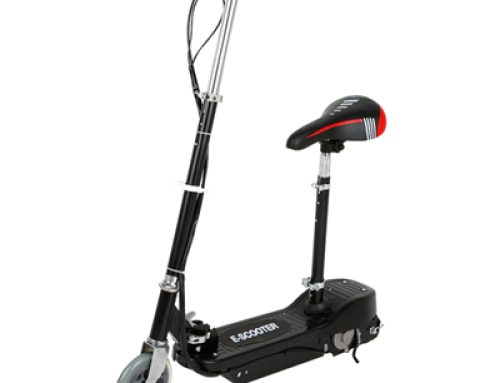As of my last update in September 2021, hoverboards as depicted in science fiction movies were still largely fictional and not yet a practical reality. However, the idea of hoverboards has captivated the imagination of people around the world, and there have been some steps taken towards turning this sci-fi concept into a reality. Here’s a rough overview of the evolution of hoverboards:
- Concept and Fictional Depictions: The concept of hoverboards gained widespread attention with the release of the movie “Back to the Future Part II” in 1989, where a character used a levitating skateboard-like device. This portrayal sparked interest and fueled dreams of a future with floating personal transportation.
- Proof of Concept Prototypes: Over the years, various individuals and companies attempted to create functional hoverboard prototypes. Some used magnetic levitation (maglev) technology, while others explored alternative methods involving air propulsion or superconductors.
- Magnetic Levitation (Maglev): Maglev technology involves using magnets to generate lift and propulsion. Some hoverboard prototypes used strong magnets on both the board and the ground to achieve levitation and movement. While these prototypes could achieve levitation, they were often limited to specific surfaces.
- Air Propulsion: Another approach to creating hoverboards involves using air propulsion, similar to how air hockey tables work. These prototypes used powerful fans to create a cushion of air beneath the board, allowing it to hover. However, achieving stable and controlled movement proved to be a challenge.
- Commercial Attempts: In the late 2010s, several companies introduced products claiming to be hoverboards, but they were essentially self-balancing scooters with wheels, not true levitating devices. These “hoverboards” gained popularity as a trendy form of personal transportation but did not fulfill the sci-fi vision.
- Advancements in Technology: Advances in materials science, battery technology, and miniaturization have played a role in making some of the technologies behind hoverboards more viable. However, challenges like energy efficiency, stability, and safety remained significant hurdles.
- Research and Innovation: Research institutions and private companies continued to explore innovative technologies that could enable practical hoverboards. This includes advancements in superconductors, electromagnetic systems, and more.
- Regulatory and Safety Concerns: Even if functional hoverboards were to become a reality, they would need to comply with safety standards and regulations to ensure user safety and integration into existing transportation systems.
- Public Interest and Cultural Impact: The concept of hoverboards has had a lasting impact on pop culture, inspiring discussions about the future of transportation and capturing the imagination of generations.
It’s important to note that developments beyond September 2021 are unknown to me, so there might have been further advancements or breakthroughs in hoverboard technology since that time. If hoverboards have indeed become a reality or have seen significant progress, I recommend checking recent news sources, technology updates, and reputable scientific publications for the latest information on their evolution.







